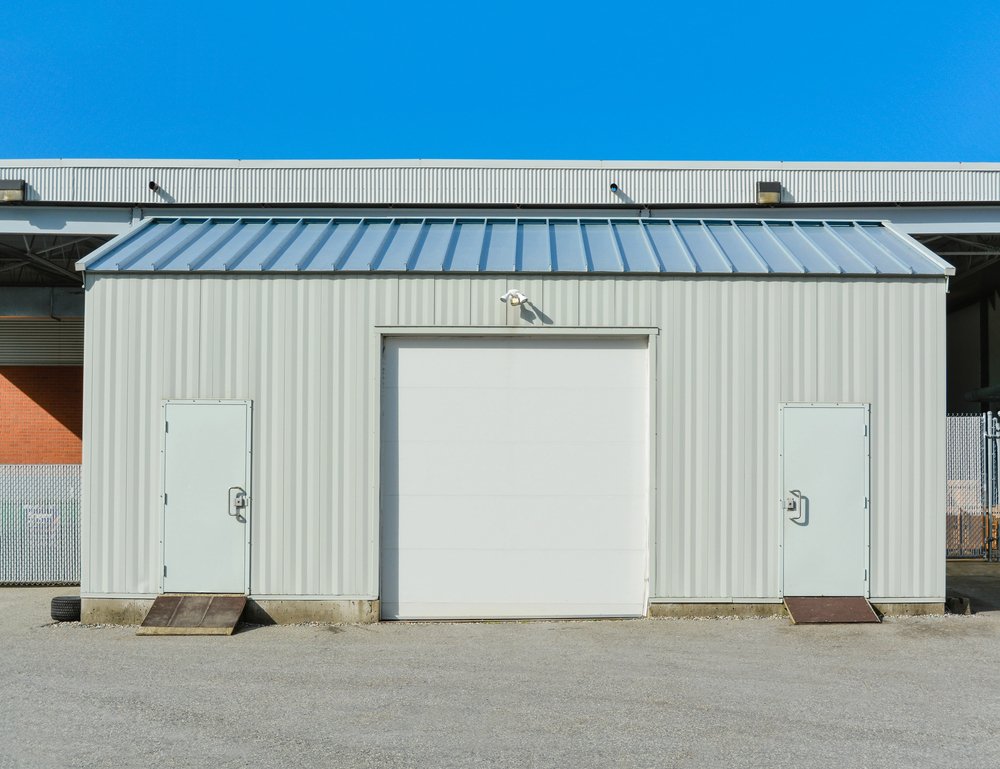When building a shed that stands the test of time, the materials you choose matter just as much as the design. While wood and composite materials often take center stage in shed construction, metal components play a critical behind-the-scenes role in ensuring the structure remains durable, secure, and weather-resistant. Whether you’re constructing a garden shed, workshop, or storage building, investing in the right metal components will pay off in longevity and reliability.
In this post, we’ll break down the essential metal components every shed builder should consider to create a sturdy, long-lasting structure.
1. Galvanized Steel Fasteners
Fasteners are the glue that holds your shed together, and low-quality screws or nails can lead to major issues over time—rust, corrosion, and structural instability. Galvanized steel fasteners are coated in zinc to prevent rust and corrosion, making them ideal for outdoor use.
Use galvanized nails and screws to secure framing, siding, roofing, and trim. For even more durability, stainless steel fasteners are a great (albeit more expensive) upgrade. If you’re working in coastal or humid environments, rust-resistant fasteners are not just recommended—they’re essential.
2. Steel Joist Hangers and Brackets
Structural connectors like joist hangers, corner brackets, and hurricane ties ensure your shed’s framework stays solid under load and in harsh weather. These metal connectors are especially important for:
- Floor joists: to maintain even weight distribution and support
- Wall framing: to connect plates, studs, and beams securely
- Roof framing: to tie rafters to top plates and prevent wind uplift
Look for G90 galvanized steel or stronger brackets that meet local building codes. These parts are small but mighty, significantly enhancing your shed’s structural integrity. Consult experienced metal fabricators to select the best hangers for your shed, as there are a large variety available.
3. Metal Roofing Panels
The roof is your shed’s first line of defense against the elements, and metal roofing has become a go-to choice for its long lifespan and low maintenance. Corrugated or standing seam metal panels made from galvanized or galvalume steel offer excellent weather resistance, UV protection, and fire safety.
Unlike shingles that can crack or blow off, metal roofing panels are secured with screws and washers, providing a continuous shield over your shed. Plus, they can last 40–70 years with minimal upkeep.
4. Roofing Screws with Rubber Washers
When installing a metal roof, it’s not just the panels that matter—it’s how they’re fastened. Special roofing screws with neoprene rubber washers are designed to create a watertight seal when securing metal panels to your shed’s frame.
Over time, regular screws can loosen or allow water to seep in. These specialized fasteners ensure your shed remains leak-free through years of rain, snow, and wind.

5. Metal Flashing and Drip Edges
Water infiltration is one of the biggest threats to any outdoor structure. Metal flashing and drip edges direct water away from vulnerable areas such as:
- Roof edges
- Door and window frames
- Joint seams
Installing flashing along these weak points helps prevent rot, mold, and interior damage. Aluminum and galvanized steel are common flashing materials, and they’re typically lightweight, rust-resistant, and easy to install.
6. Steel Doors and Hardware
The door is often the most-used part of any shed, and cheap doors can warp, rot, or fall off their hinges over time. A steel door provides superior durability and security, especially for sheds storing tools or valuables.
Pair your steel door with heavy-duty hinges, padlock hasps, and latches made from stainless or galvanized steel. This not only enhances security but also extends the lifespan of the entryway.
7. Metal Vents and Louvers
Proper ventilation is key to controlling moisture and preventing heat buildup inside your shed. Metal vents and louvers are more durable than plastic options and are less likely to crack, warp, or get chewed by pests.
Install gable vents or ridge vents to allow air circulation, especially if your shed will house electrical components, fuel, or perishable items. Rust-resistant aluminum or powder-coated steel vents offer long-term performance with minimal maintenance.
8. Steel Anchors or Ground Screws
Even the best-built shed can fail if it isn’t properly anchored to the ground. Metal ground anchors or screw-in systems are essential for resisting wind uplift and keeping your shed stable on uneven or soft terrain.
These components are especially important in areas prone to storms or heavy winds. Choose galvanized or powder-coated steel anchors for corrosion resistance and long-term holding power.
Final Thoughts
Metal components may not be the flashiest part of shed construction, but they are undoubtedly some of the most important. From the structural framework to roofing and fasteners, choosing the right metal elements can significantly increase your shed’s strength, safety, and longevity.
Whether you’re a DIY enthusiast or hiring a professional builder, don’t cut corners on metal components. Investing in quality materials now can save you thousands in repairs—or even a total rebuild—down the line.
By making smart choices during construction, you ensure your shed is built not just for today, but for decades to come.
